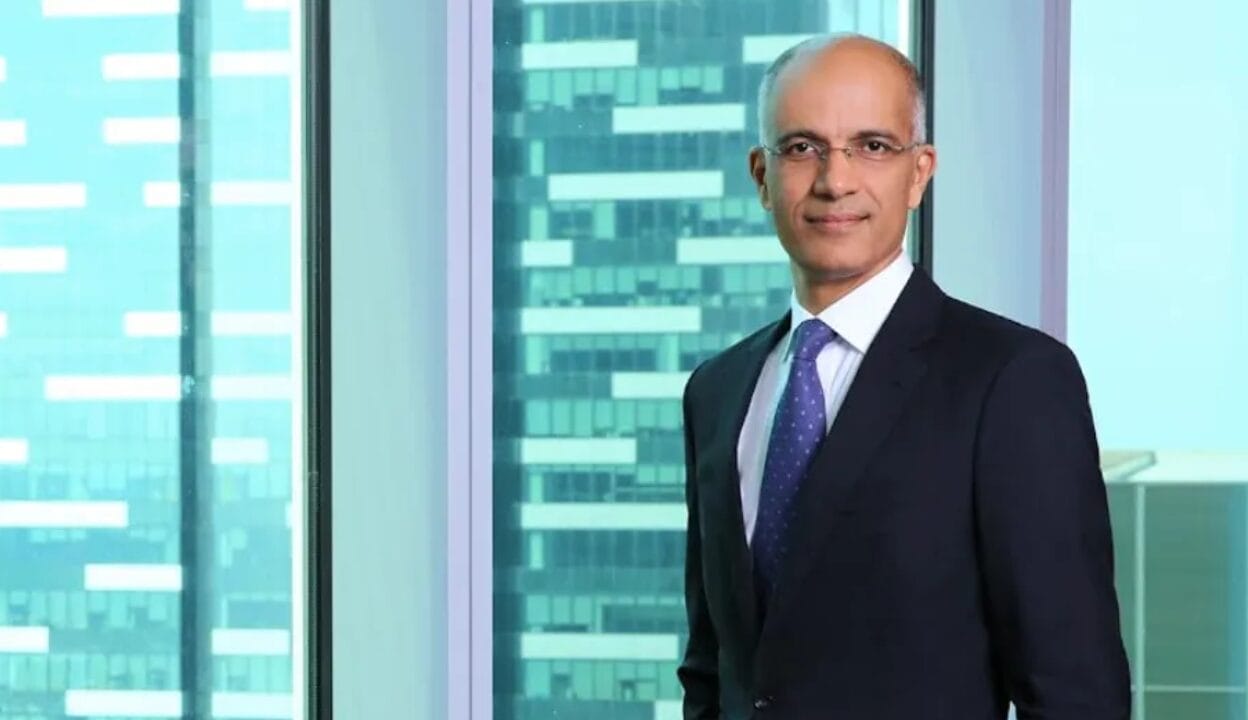The private markets team at the Teacher Retirement System of Texas (TRS), the $211 billion Austin-based pension fund, is increasingly concerned about the amount of retail money flowing into real estate and private equity.
Speaking during the investor’s July board meeting, Neil Randall and Grant Walker, who oversee TRS’ private equity and real estate allocations respectively, explained that the global assets under management for retail alternatives is around $4 trillion today but that figure is expected to increase in size to around $13 trillion by 2032.
It means retail investors could account for 22 per cent of the global alternative AUM by 2032 compared to 16 per cent today, eating into the slice of the pie available to institutional investors and bringing unwanted risks around liquidity, transparency and valuations to private assets.
Retail investors have become an increasingly rich source of fees and capital for GPs. Many have turned to retail investors because of capacity constraints within the institutional investor community in turn triggered by the lack of exits in private equity.
“We are above allocation to private equity so we are slowing the pace, but at same time the largest asset managers are creating products for retail and distribution to deploy products that are coming to market as we speak,” said Randall.
He added that the regulatory environment is also changing to put semi-liquid private market products into the hands of retail investors.
“Private equity firms with the largest platforms and strongest brands are expected to be the early winners.”
The TRS team is spending time “getting their arms around” the trend, conducting research internally and talking to other LPs, including industry body Institutional Limited Partners Association (ILPA).
Key concerns include transparency regarding the amount of retail capital raised alongside institutional capital in a particular fund. TRS wants to be able to work with GPs to devise a cap on the amount of retail money in the same fund they also invest in. Without this cap, retail dollars could suddenly swell the size of the fund and reduce the institutional weighting.
Other potential impacts from more retail capital flowing into private markets could be felt in LPs’ co-investment pipeline, eating into this valuable deal flow. It could also create potential conflicts between closed-end and semi-liquid funds.
It is just as big a concern in the real estate portfolio where TRS’ returns have been challenged by higher interest rates in recent years.
Substantial retail capital already flows into commercial real estate, one of the largest asset classes in the US. But Walker predicted that retail investors could sink up to $250 billion into commercial real estate annually.
“For GPs, this capital is more attractive because the fees are higher compared to what institutional investors like TRS pay. Institutional investors are also more engaged compared to individual investors who are more passive,” he said, noting that because GPs find this more attractive, some may begin to modify their business model by putting more focus on sourcing and managing capital from individuals or retail investors rather than institutions.
He said that TRS will try and mitigate the risk by leveraging its manager relationships and making much of its role as a large and long-term investor. The pension fund can act quickly and withstand market downturns without the need to withdraw money, he added
Trustees heard other key priorities in the private equity team.
These include reducing the allocation to 12 per cent in line with the new strategic asset allocation. Randall said progress is slow and steady. It will take another few years because of the risk of cutting back the allocation too quickly and suddenly being underweight.
The team are also continuing to move the portfolio from larger managers to mid-market managers with smaller fund sizes of around $3 billion. “It is going well, but we have more room to go,” he said, adding that this shift is being reinforced by retail flows into larger managers.
Another critical seam to strategy includes evaluating how AI will impact portfolio companies. “It’s important because every investment we make in private equity we will hold for 5-10 years within which time frame AI will reshape the economy. We have to think about this for every investment,” said Randall.


